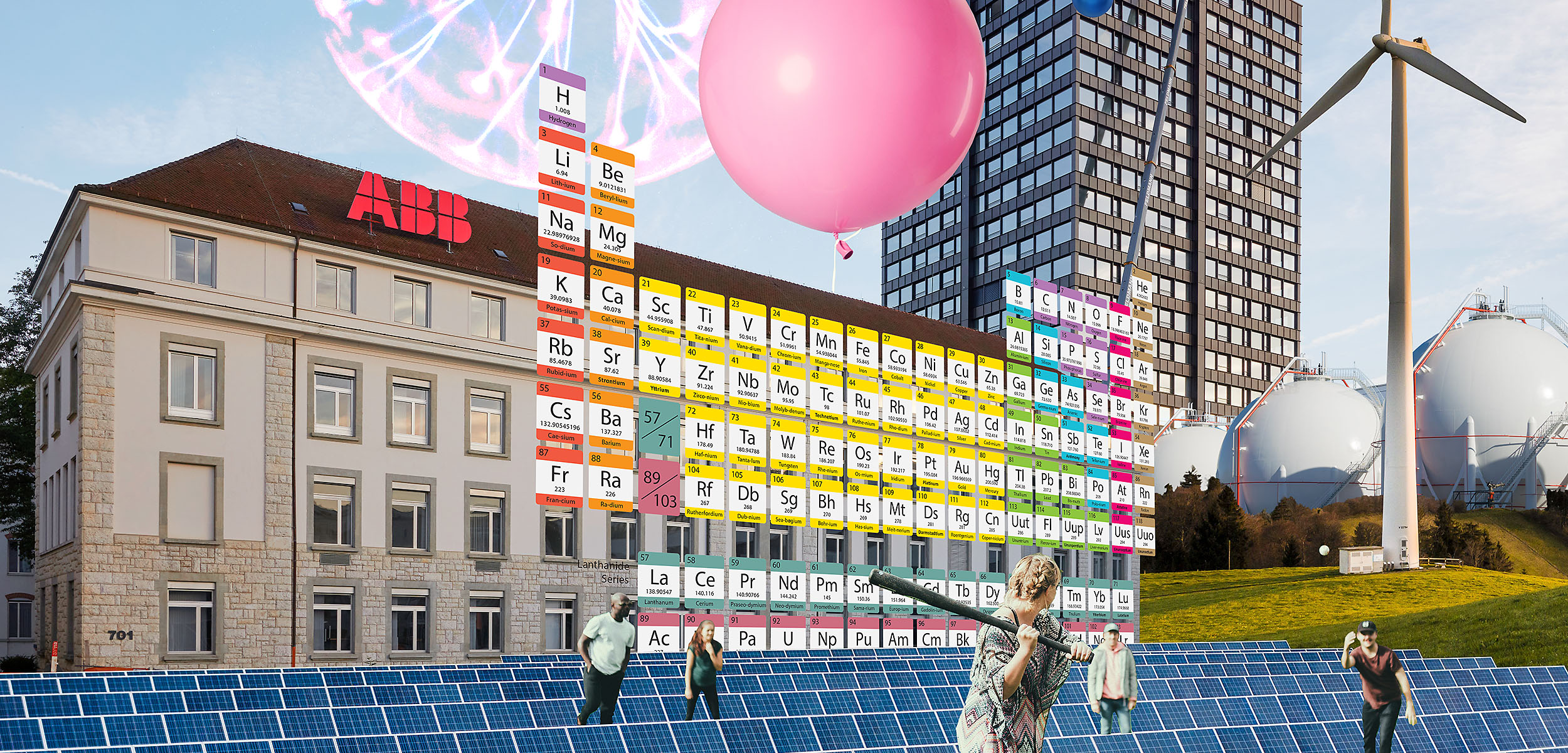The sixth national exhibition was held in western Switzerland in 2002. The Expo.02 was spread over four different waterside locations – the so-called “arteplages” – in Biel, Neuenburg, Yverdon-les-Bains and Murten. It focused on presenting Switzerland as an open nation with a concern for environmental integrity. Its main theme was water and Switzerland’s commitment to securing peace abroad.
Time never stands still. Generations are breaking away to tackle different tasks. Experience needs innovation and tradition needs to rediscover both caution and courage. A national exhibition?
Svizra27 views this as an opportunity to pursue an intergenerational project. The national exhibition is like no other event on the entire planet. It is Swiss through and through. Why does Switzerland need to hold another national exhibition? Because we can and we want to.
National exhibitions act as a mirror in which Switzerland can both present and observe itself. When you look back on them, they not only provide an insight into the predominant spirit of the time but are also a vibrant expression of the generations that shaped them. What values did they determine? What goals did they pursue? How did they view themselves? And what did other people think of them?

Svizra27
The present, the past and the futureIn a world in which everything is happening faster and faster, these generations seem to be following each other in ever quicker succession. We therefore want to use Svizra27 as a presentation that explores the generation currently in its prime and shines a spotlight on a whole chain of mentalities that have linked together to form contemporary history.
Based on this aim, Svizra27 not only looks back on the past by giving a voice to older segments of the population but also looks forward: focusing on the working realities, desires and visions of future generations, of the Swiss population that is only just starting to experience active adult life and the world of work. After all, the future belongs to these generations. Anyone who wants to see what Switzerland may look like in the years to come needs to be open to the prospects of the nation’s younger citizens.
That said, the opposite also applies: anyone who wants to understand the present needs to be aware of the past. This is precisely where the older generations come into play. Knowing their outlook on life is essential when it comes to discovering the story behind Switzerland as we know it today.
Some sections of this chapter are based on the information provided on the website of the Swiss Federal Department of Foreign Affairs (FDFA).

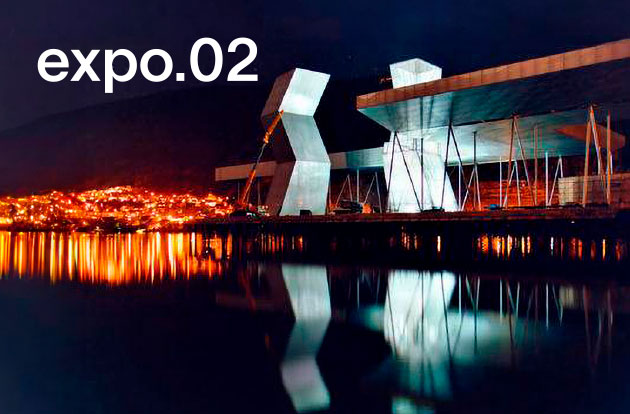
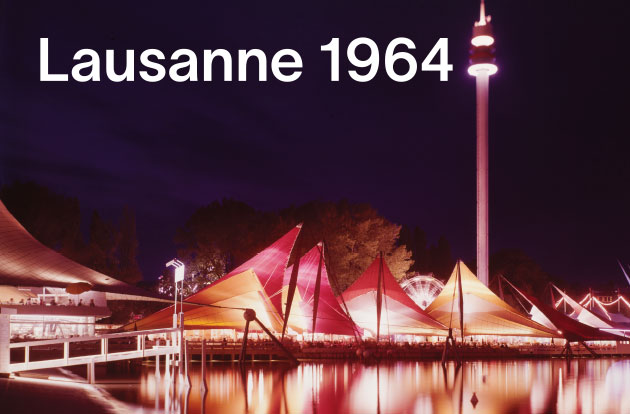
The 1964 National Exhibition in Lausanne used the “Gulliver Project” to present a futuristic vision of Switzerland. A computer reported the latest results of a survey on major current affairs issues conducted among exhibition visitors in real time throughout the event. Held at the height of the Cold War, the exhibition in Lausanne also shined the spotlight on Swiss values, for example with a Swiss Armed Forces pavilion designed to look like a giant hedgehog.
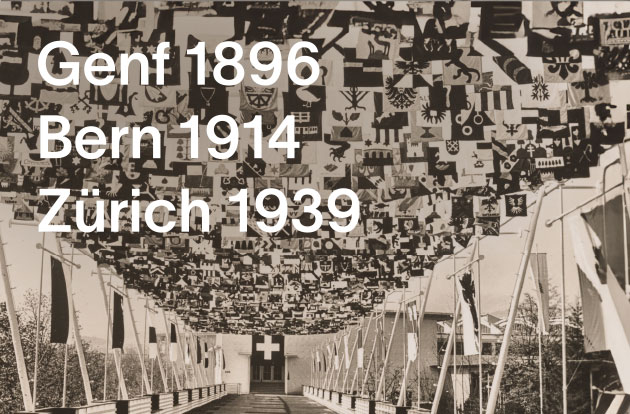
The three subsequent exhibitions (1896 in Geneva, 1914 in Bern and 1939 in Zurich) were dominated by the Swiss Armed Forces and the nation’s desire to underline its independence.
The “Landi” exhibition in Zurich in 1939, in particular, was inspired by the “Spiritual National Defence” movement. All three exhibitions also emphasised life in rural Switzerland as a beneficial contrast to the hustle and bustle of industrial towns and cities. In Zurich, for example, a life-size Swiss village, the “Landi-Dörfli”, was built on the shores of Lake Zurich.
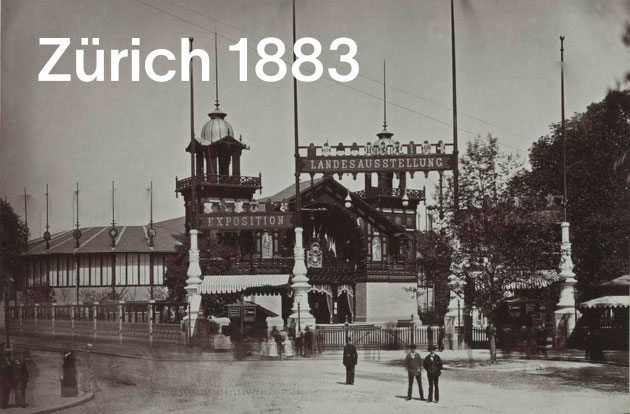
The first national exhibition was held in Zurich in 1883 and explored the importance of school and education for economic growth as its central theme.

The sixth national exhibition was held in western Switzerland in 2002. The Expo.02 was spread over four different waterside locations – the so-called “arteplages” – in Biel, Neuenburg, Yverdon-les-Bains and Murten. It focused on presenting Switzerland as an open nation with a concern for environmental integrity. Its main theme was water and Switzerland’s commitment to securing peace abroad.

The three subsequent exhibitions (1896 in Geneva, 1914 in Bern and 1939 in Zurich) were dominated by the Swiss Armed Forces and the nation’s desire to underline its independence.
The “Landi” exhibition in Zurich in 1939, in particular, was inspired by the “Spiritual National Defence” movement. All three exhibitions also emphasised life in rural Switzerland as a beneficial contrast to the hustle and bustle of industrial towns and cities. In Zurich, for example, a life-size Swiss village, the “Landi-Dörfli”, was built on the shores of Lake Zurich.

The 1964 National Exhibition in Lausanne used the “Gulliver Project” to present a futuristic vision of Switzerland. A computer reported the latest results of a survey on major current affairs issues conducted among exhibition visitors in real time throughout the event. Held at the height of the Cold War, the exhibition in Lausanne also shined the spotlight on Swiss values, for example with a Swiss Armed Forces pavilion designed to look like a giant hedgehog.

The first national exhibition was held in Zurich in 1883 and explored the importance of school and education for economic growth as its central theme.
